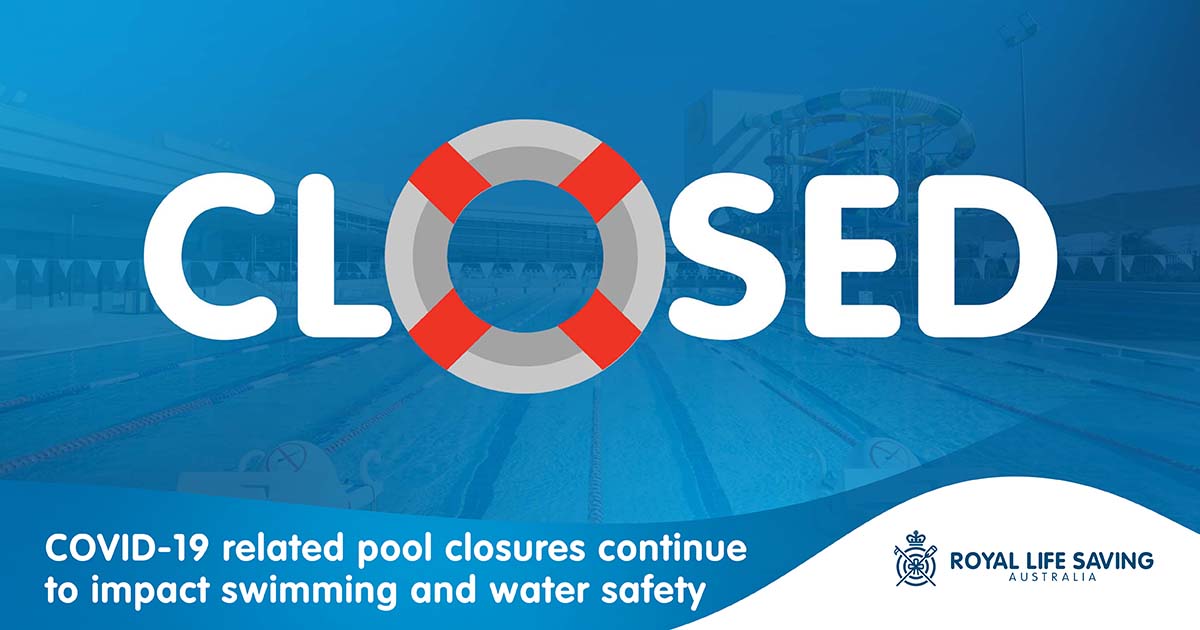Published 14 January 2022

A Royal Life Saving Society – Australia analysis estimates that 30% of swim teachers, lifeguards and aquatic industry staff have had to isolate as a result of COVID-19, heavily impacting the aquatic industry’s ability to keep pools open across the country so far this summer.
The aquatic industry workforce has been heavily impacted by the pandemic this summer starting with staff shortages, leaders feeling pandemic fatigue and now the challenges of managing both infection and isolation impacts associated with high levels of COVID-19 transmission.
Belgravia Leisure Chief Executive Officer Nick Cox, whose company manage over 170 leisure facilities across Australia said many sites across the Belgravia network had been affected but thanked pool customers for their patience and understanding.
“Safety is always our primary consideration at our managed venues, so we are adjusting some facilities’ operations accordingly while we manage this phase of the pandemic,” said Mr Cox.
Speaking of the aquatic industry workforce impacts, Alexandra Ash, Executive General Manager – Recreation at the Y Victoria said of 2,000 recreation staff, 25% (500) are currently isolating as a result of COVID-19 transmission (as at 13 January 2022).
“We know that the consequences of dropping out of swimming lessons and/or swimming in open waterways can be catastrophic, so it’s vital that the community keep supporting pools and learn swimming and water safety skills from qualified instructors.”
Royal Life Saving is warning that the pool closures because of the pandemic may have consequences for water safety over the remainder of summer.
“When pools are closed, we know that people, particularly young people, flock to open waterways on warm days, which are likely to be inherently more dangerous,” warns Royal Life Saving Society – Australia National Manager – Aquatics, RJ Houston.
“Public pools and swim schools this summer remain statistically the safest places to swim and recreate in and around water,” said Mr Houston.
Royal Life Saving Society – Australia’s Summer Drowning Toll shows that as at 13th January 2022, 47 people have drowned in Australian waterways, with 53% of these occurring in inland waterways, 40% in coastal waterways and 0% in public and communal pools.
Research by Royal Life Saving Society – Australia and PricewaterhouseCoopers has shown that the National Aquatic Industry ordinarily contributes $9.1 billion in social, health and economic value to Australians.
“Given the benefits to communities of swimming pools, we urge community members to learn and practice swimming and water safety skills regularly at these venues when able to do so and for owners and operators to work to keep pools open wherever possible,” said Mr Houston.
About Royal Life Saving
Royal Life Saving is a public benevolent institution (PBI) dedicated to reducing drowning and turning everyday people into everyday community lifesavers.
Media enquiries to: Media Key on 0409 420 112 or 02 8381 0279
